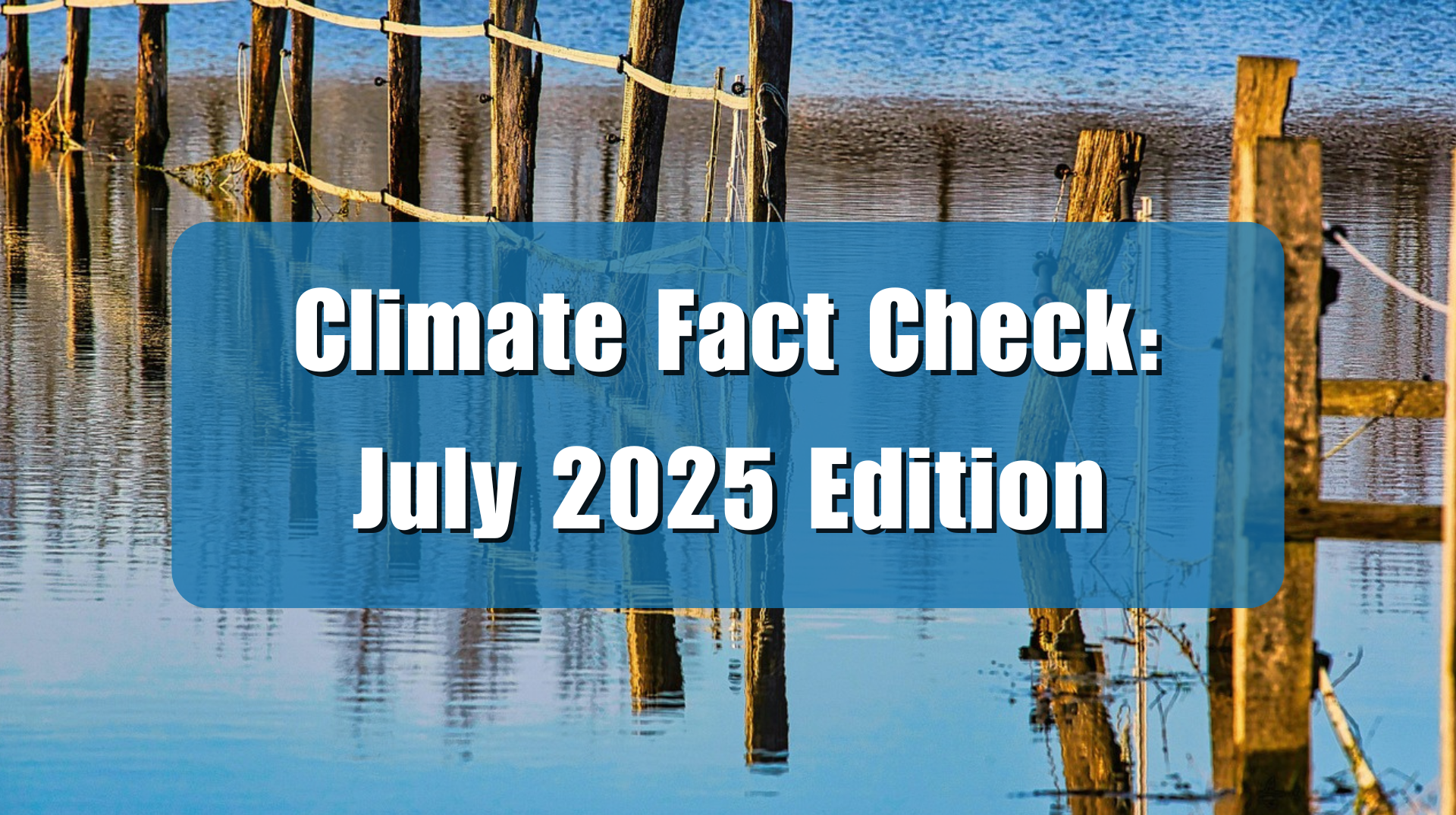Climate at a Glance, the Heartland Institute’s new website providing one- and two-page policy summaries on global warming topics, has published a new summary this week. The new Climate at a Glance summary is titled, “Coronavirus Impact on CO2 Levels.” The summary shows the dramatic global decline in industrial activity, carbon dioxide emissions, and human activity in response to the coronavirus pandemic has had very little impact on atmospheric carbon dioxide concentrations. The results suggest natural forces have more impact, and humans have less impact, on modestly rising atmospheric CO2 emissions than climate alarmists claim.
Climate activists expected the economic downtown to translate to less energy usage, and therefore less CO2 emissions globally. While that has indeed happened – with China seeing a 40% emissions drop, and an expected 11% reduction in energy-related CO2 emissions in the U.S. this year – it didn’t translate into the proof of declining atmospheric CO2 concentrations they were seeking.
Scientists are looking for any evidence of a decline in global atmospheric CO2 concentrations that would be strong enough to attribute to the economic downturn. University of Alabama climate scientist Dr. Roy Spencer used a simple method for removing the large seasonal CO2 cycle, due to plant photosynthesis increases/decreases with seasons, from the Mauna Loa CO2 data. Spencer also removed the average effects from El Nino and La Nina events, which change the rate of ocean outgassing of CO2. The results reported by Dr. Spencer show no obvious downtown in global CO2 levels.
The National Oceanic and Atmospheric Administration’s Earth System Research Laboratories also studied the issue and concluded:
“That drop in emissions needs to be large enough to stand out from natural CO2 variability caused by how plants and soils respond to seasonal and annual variations of temperature, humidity, soil moisture, etc. These natural variations are large, and so far the “missing” emissions do not stand out.”
The takeaways are (1) humans may be contributing less to rising CO2 emissions than alarmists claim, and (2) we would have to shut down our economy a great deal more, and impose a great deal more unemployment and poverty on people, to reduce CO2 emissions anywhere near enough to satisfy climate alarmists’ CO2-reduction demands.























[…] New Climate at a Glance Summary: Coronavirus Fails to Alter CO2 Concentrations — Climate Realism Werbeanzeigen […]